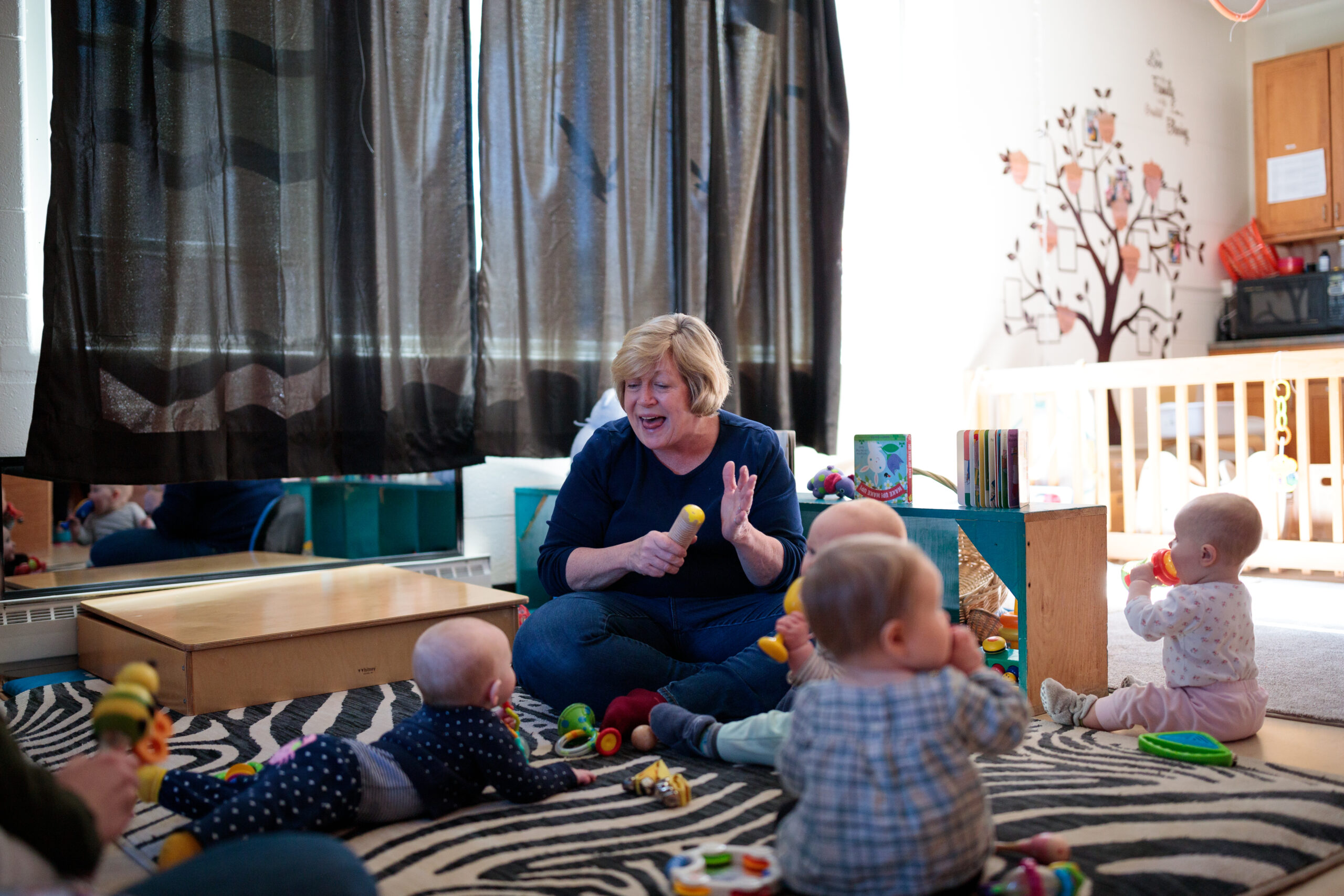On January 5, our partners at Let’s Grow Kids released these frequently asked questions about changes to CCFAP reimbursement rates as part of Act 76 implementation. We’re reposting them here and will keep them updated.
On January 1, the state increased Child Care Financial Assistance Program (CCFAP) reimbursement rates by 35% for both center and home-based programs, regardless of STARS rating. This is a huge step forward that supports better compensation for early childhood educators, facility upgrades, additional child care slots, and more.
With any major piece of legislation, implementation takes time and resources, and ongoing clarification and guidance is needed. To help you through the process, here are frequently asked questions we are hearing from early childhood educators:
Q: CCFAP reimbursement rates increased by 35%. How do child care programs receive this?
A: The CDD has updated the reimbursement rates in Child Development Division Information System (CDDIS) and then new rates will apply to all CCFAP payments for service periods after December 17. Providers will continue to receive payments on their previous schedule via direct deposit or check.
Q: This change in CCFAP rates means extra income for my program. How should I spend it?
A: The CCFAP reimbursement rate increase is an investment in program operations, and is meant to sustain and expand programs’ capacity. These funds can be used to better compensate early childhood educators and child care program staff, update curriculum and materials, repair facilities, and more. For expert help in identifying how to best use these funds, contact First Children’s Finance.
Q: CCFAP eligibility is based on a family’s income, household size, and reason for care. The portion that the state pays depends partly on the “family share.” What is a family share?
A: The family share is the weekly amount the family pays to their child care provider based on their child care financial assistance application. You can find the family share amount owed on the family’s certificate within the CDDIS. Please see this CDD fact sheet for more information.
Q: CCFAP reimbursement rates will be higher than our program’s published rates for private pay families. How should we explain this to families?
A: It is difficult to give a universal answer for this because every program is different. A primary goal of Act 76 is to fully fund the child care system, including paying programs the true cost of care on behalf of families receiving tuition assistance. First Children’s Finance is working with programs to help develop and communicate tuition changes; please email them if you would like assistance.
Q: What is happening with the Universal Pre-K study that is included in Act 76?
A: Act 76 created a committee to explore how to expand Vermont’s current UPK system from 10 hours per week for all three- and four-year olds to a full (school) day, school year program for four-year olds. The study committee includes members of VTAEYC, Let’s Grow Kids, Building Bright Futures, private early childhood education programs, families, public school representatives, and others. The committee’s report is due back on December 1, 2024, and no changes to Vermont’s UPK program will occur unless there is further legislative action. You can review committee agendas and meeting minutes here.


